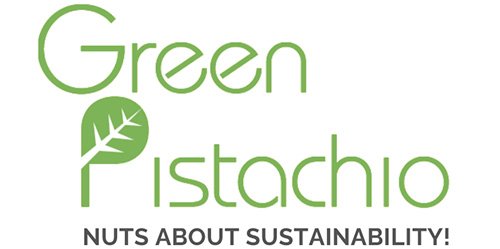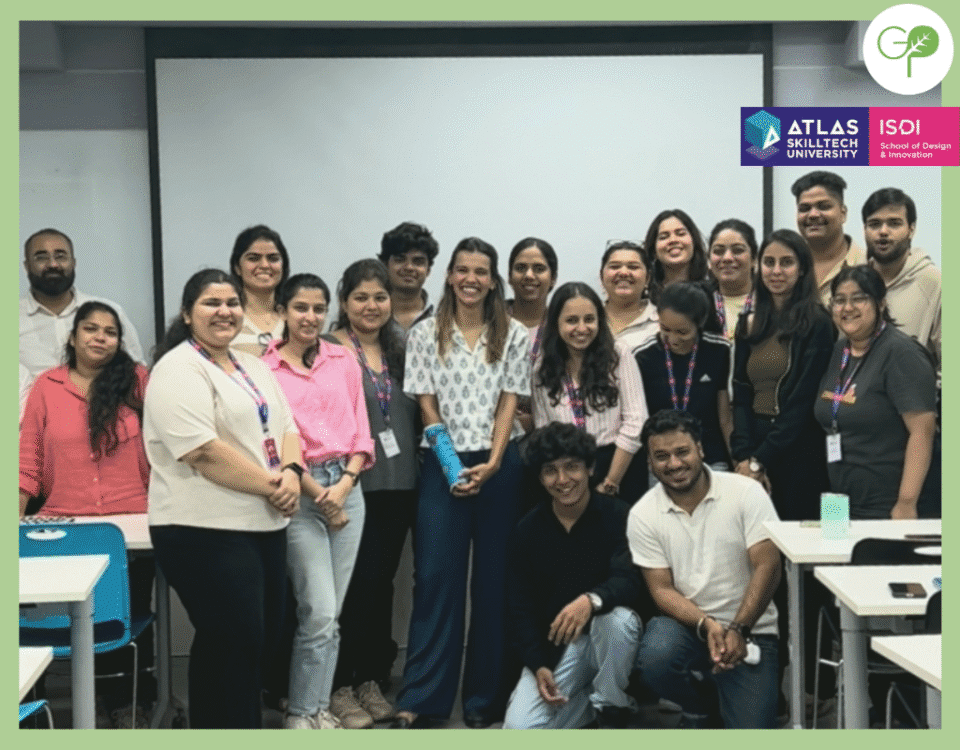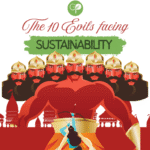Introducing Fearless Responsible Youth At ISDI: All Heart For Impact
In a world where the word “sustainability” is everywhere, on labels, in advertising campaigns, and even on corporate mission statements. It’s easy to mistake visibility for impact. But at a recent session hosted at ISDI School of Design and Innovation, Avnee Kokatay, founder of Green Pistachio, reminded students and faculty alike that sustainability isn’t just a buzzword, it’s a business imperative.
Blending her background in hospitality, conservation, and entrepreneurship, Avnee brought a grounded yet future-forward perspective to what it means to design sustainable systems, not just sustainable slogans. Read on for the whole scoop.
Understanding Sustainability as a Strategic Spectrum
The conversation began by challenging a common misconception:
Is sustainability a binary, green or not, or is it a spectrum of choices, trade-offs, and evolving responsibilities?
The answer, as Avnee and the ISDI students explored, is neither black nor white. Sustainability spans six critical pillars:
- Environmental – safeguarding natural resources and biodiversity.
- Social – ensuring equity, inclusion, and community resilience.
- Economic – supporting responsible growth and long-term value.
- Cultural – preserving indigenous knowledge and heritage.
- Institutional – establishing transparent, enforceable governance.
- Personal – aligning individual behaviours with collective goals.
To embody this, Green Pistachio is designed as a multi dimensional platform that connects eco-conscious consumers with responsible brands, while also creating educational content that breaks sustainability down into accessible, actionable insights. It is not about perfection, it’s about progress through intention.
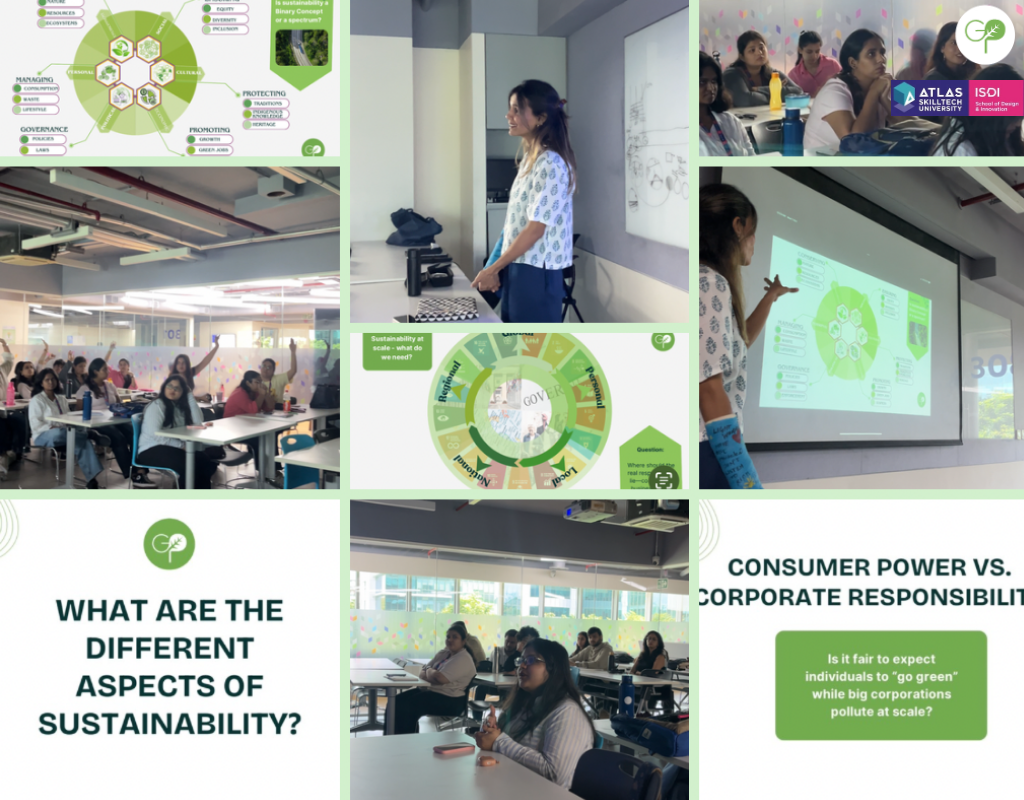
The Sustainability Equation: Consumer Power vs Corporate Responsibility
One of the most pressing challenges of today’s climate discourse is balancing individual agency with institutional accountability.
The discussion at ISDI moved beyond frustration to explore the interdependencies between consumers, corporations, and governments, keeping the emphasis on meaningful change that requires all three sectors to collaborate:
- Consumers must make informed choices.
- Corporates must back up sustainability claims with measurable action.
- Governments must create the policy frameworks to guide and enforce.
At Green Pistachio, we work at the intersection of these forces, amplifying ethical brands, encouraging transparent practices, and creating a community that is engaged rather than shamed into action.
Circular Economy: Designing with the End in Mind
When discussing circular economy, students were introduced to a system design framework that goes far beyond recycling. It’s about redesigning systems entirely, through reuse, repair, regeneration, and material innovation.
Through Green Pistachio, we highlight entrepreneurs and designers embracing this model, from fashion to packaging to homeware. For future designers at ISDI, it was a powerful reminder that aesthetics alone are not enough. Form must follow function and responsibility.
The session also touched on life cycle assessment (LCA), a key tool for businesses and brands to quantify the environmental impact of their products, from raw material to disposal. This was especially relevant to students working on design solutions that blend creativity with conscience.
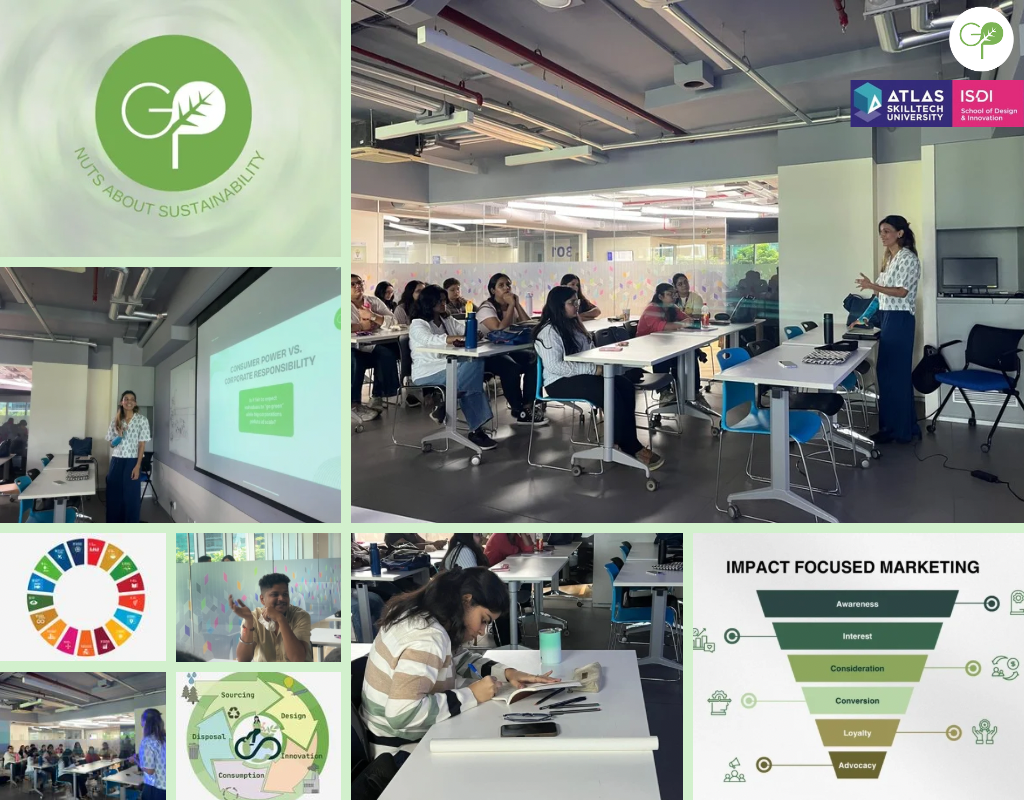
Green Hustle: Can Sustainable Business Compete and Win?
Perhaps the most energizing part of the lecture was its honesty about the challenges of building a sustainability-first business. The students pointed out that impact-led brands often face:
- Higher sourcing and certification costs
- Consumer skepticism around “green” claims
- The pressure to scale without compromising ethics
But Avnee offered optimism, grounded in her own experience. Green Pistachio has grown by leveraging content, partnerships, and credibility, not gimmicks. Today, consumers are not just asking what a brand sells, but how and why it does.
The takeaway? Sustainability is no longer a niche, it’s a competitive differentiator.
For emerging entrepreneurs at ISDI, this opens up space to innovate with both purpose and profitability.
Designing Systems, Not Just Products
The session closed with a challenge: as designers, communicators, and entrepreneurs, what will you create that doesn’t just look good, but does good?
Avnee’s story with Green Pistachio shows that real change comes from systemic thinking, business innovation, and community building. It’s about aligning values with value creation, and being willing to rethink success.
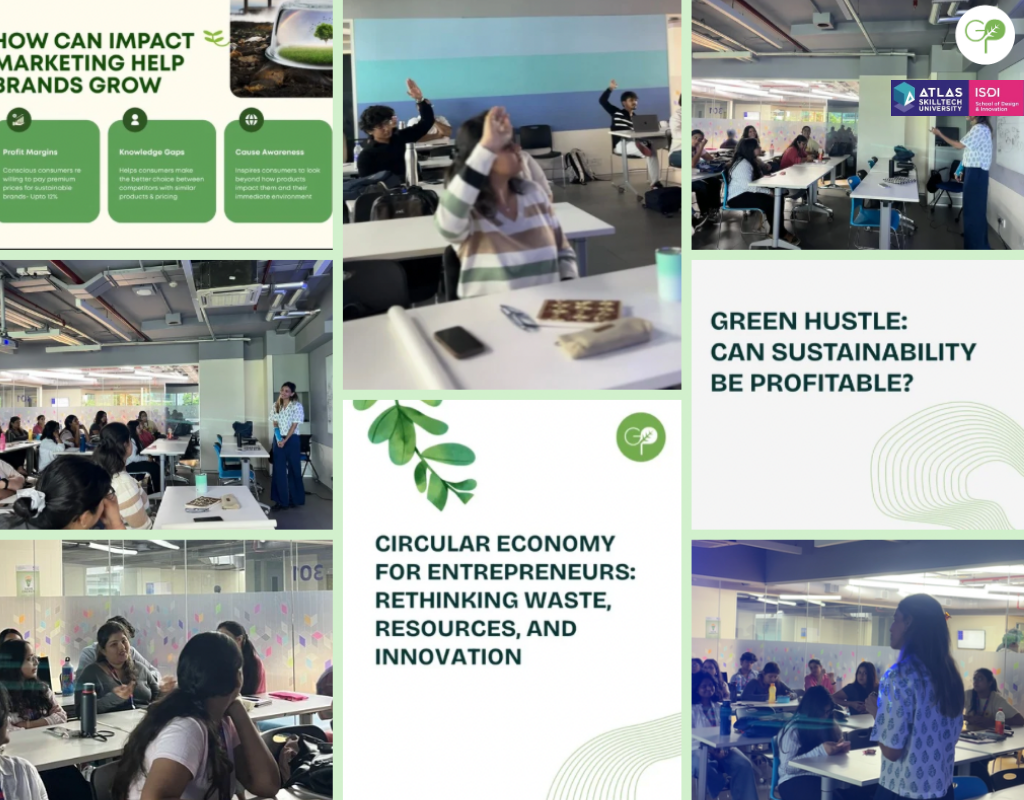
At ISDI, where innovation meets intention, this was more than just a guest lecture. It was a blueprint for designing a better future. One that ended not only in a promise, but in a surge of potential. A future built on the foundation of sustainability, not just for us, but for generations to come.
What made this session truly special was the overwhelming enthusiasm from the students. Their questions, ideas, and reflections showed a deep commitment to integrating sustainable thinking into their creative processes and brand strategies. Many left the room inspired, determined to use their skills to make a tangible impact, and that’s exactly the spark we aim to ignite.
Want to bring this conversation to your space? Let’s talk.
- If you’d like to organize a lecture on sustainability at your campus, get in touch, we’d be happy to drop by!
- For corporate presentations, team workshops, or sustainability-focused events, drop us an email and we’d love to explore.
Let’s build a better tomorrow, together.
To learn more and explore sustainable ideas subscribe to Green Pistachio.
